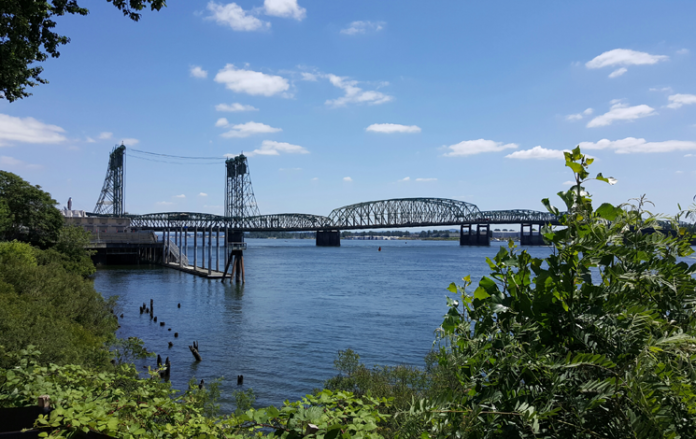For about a year now, I’ve been meeting with regional colleagues on both sides of the aisle to build common ground on a proposal for a new I-5 bridge. After months of tough discussions, our first concrete step came recently when the Senate passed SB 5806. Then, on Tuesday, the House passed companion legislation. Either bill would establish a series of principles to guide the process of developing a bridge plan in a way that would avoid the division that plagued past efforts.
That division, of course, was monumental and toxic. And many people, still scarred by the bitter fight that killed the last proposal in 2013, question whether our new bipartisan coalition can succeed.
I don’t question whether we will succeed. I am certain we will, for a simple reason. We cannot afford not to.
Our meetings have not been easy and they have not been without differences of opinion, but we are finding common ground because we all know that a new bridge is essential to our region’s economy, growth and quality of life.
I-5 is the most significant north-south freight corridor on the West Coast. It links the western United States with regional, national and global markets and is crucial to our area’s largest freight facilities, the Port of Portland and Port of Vancouver. Approximately $40 billion in freight crosses the I-5 bridge annually. Already our businesses are losing money when traffic backups delay freight; if nothing is done to address congestion on the bridge, the cost of delayed freight is estimated to increase by 140 percent over the next 20 years, or some $34 million a year by 2030.
The human costs of traffic congestion are as unacceptable as the economic costs. No one enjoys sitting in traffic, and the delays put injured or sick Washingtonians at risk. With the sole level-one trauma care in our region located in Portland, the only fast access during a traffic backup is helicopter transport – an option that hinges on weather conditions and limits the number of trauma cases that can be addressed at one time.
The existing bridge averages 400 collisions a year; by 2030, when the bridge transports increasingly more vehicles and increasingly larger pieces of equipment by truck, the number of collisions is projected to double.
If SB 5806 proceeds to pass the House of Representatives and is signed into law by Gov. Inslee, the Washington Department of Transportation would be awarded $350,000 to sort and amass data related to the construction of a new replacement bridge. The bill also calls for the formation of a legislative action committee, with Oregon lawmakers invited to participate, to develop a plan for replacing the I-5 bridge due by December 2018.
This is an effort to rebuild the trust necessary for our community to move forward jointly, transparently and constructively – and leave behind the division that undid our last effort to replace the bridge.
While reasonable people can differ on specific aspects of a new bridge, in one area there can be no dispute: the only path forward is across a new I-5 bridge.
Sen. Annette Cleveland represents the 49th Legislative District covering Vancouver west of Interstate 205 and Hazel Dell.








